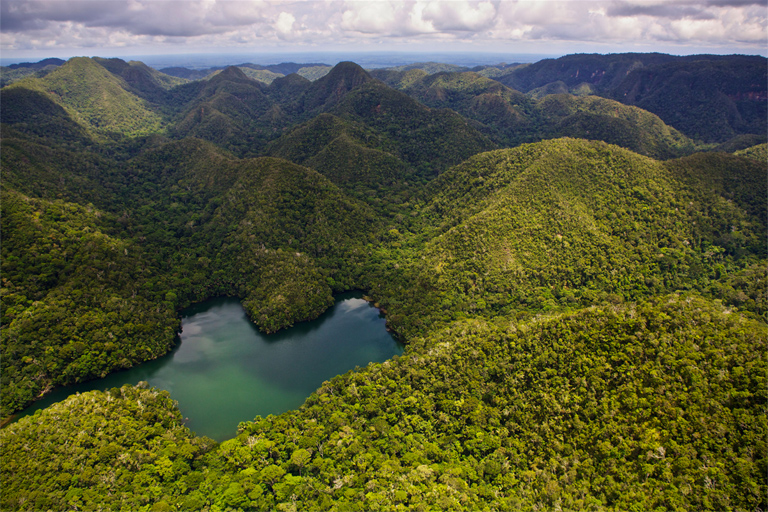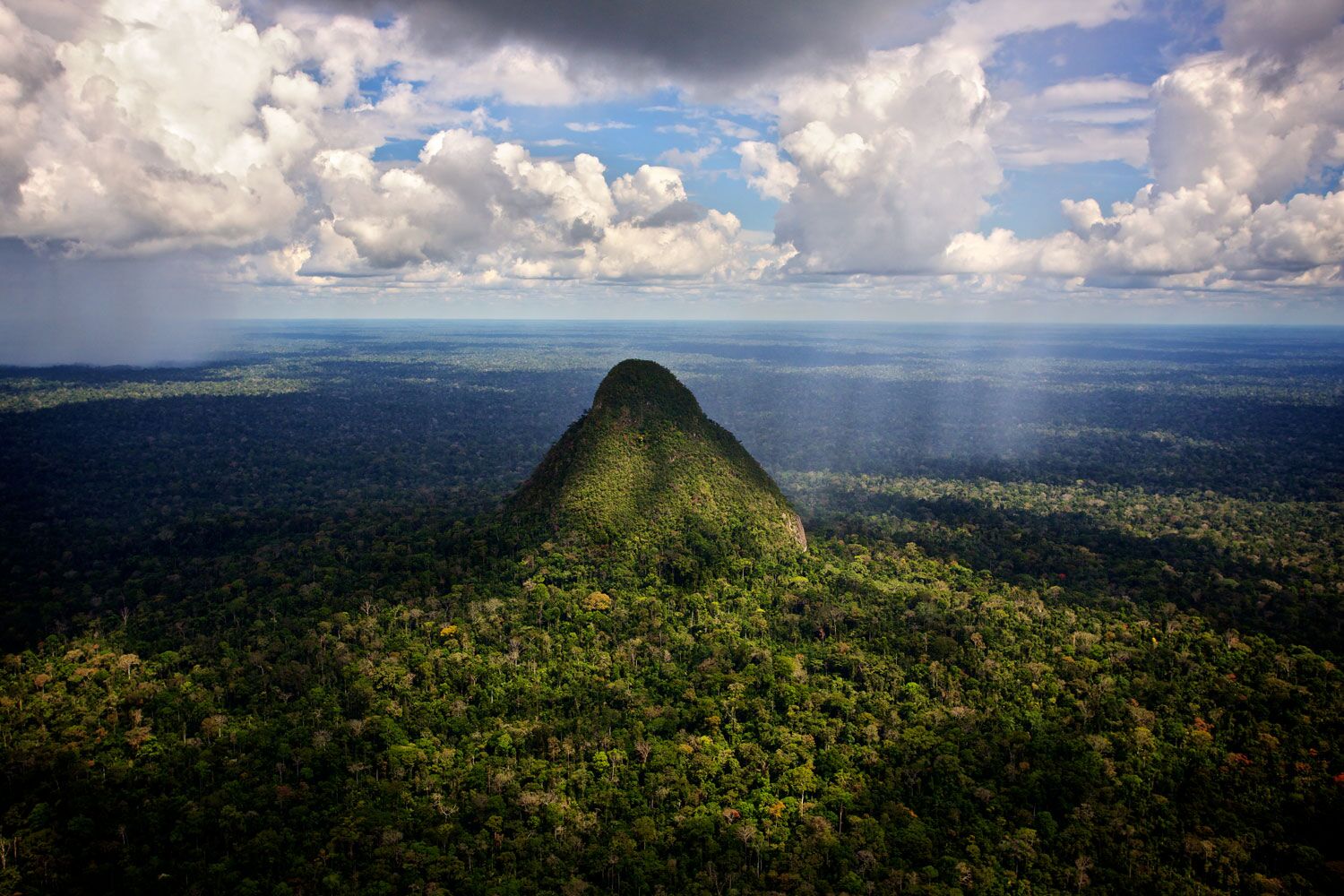- Efforts to protect the Amazon River’s headwaters got a boost today with a $4 million commitment from the Wyss Foundation to a new conservation initiative.
- The Wyss Foundation announced a multi-year grant to the Andes Amazon Fund in support of “locally-driven conservation initiatives in the headwaters of the Amazon”.
- While launched only this summer, the Andes Amazon Fund (AAF) has already made a name for itself with a million dollar commitment to the world’s newest rainforest reserve: Sierra del Divisor National Park.
Efforts to protect the Amazon River’s headwaters got a boost today with a $4 million commitment from the Wyss Foundation to a new conservation initiative.
In an event hosted by the National Geographic Society, the Wyss Foundation announced a multi-year grant to the Andes Amazon Fund in support of “locally-driven conservation initiatives in the headwaters of the Amazon”. The effort will focus specifically in Peru, which has some of the planet’s most biodiverse areas, but is also experiencing high rates of deforestation for palm oil, timber, agriculture, and mineral production.
“Peruvian leaders, local organizations, and indigenous peoples are making remarkable progress toward conserving the wild forests of the Andes and the Amazon before they are lost to deforestation,” said Hansjörg Wyss, who started the Wyss Foundation in 1998, in a statement. “We are proud to support the Andes Amazon Fund and its efforts to ensure that Peru’s new parks and protected areas have the resources they need to fulfill their promise as economic engines for sustainable growth.”
While launched only this summer, the Andes Amazon Fund (AAF) has already made a name for itself with a million dollar commitment to the world’s newest rainforest reserve: Sierra del Divisor National Park, a 1.3 million hectare expanse of forests, striking geological formations, and indigenous territories. Sierra del Divisor was established earlier this month after years of work by a number of local, national, and international groups.

Speaking at the event announcing the commitment, several prominent leaders commended Peru’s decision to create the park.
“The creation of Sierra del Divisor National Park is a major milestone in Peru’s global environmental leadership and complements its stewardship as COP President in the climate change negotiations,” said Luis Miguel Castilla, Ambassador of Peru to the United States. “It is already being dubbed ‘the Yellowstone of the Amazon’ for its immense wealth of plant and animal species, many of which are endemic and unique to this region of the rainforest.”
“This is a wonderful gift for the Amazon, it is a wonderful gift for biodiversity, and it will help get us to the point of protecting the area as one system,” added AAF Strategic Steering Committee Member Thomas Lovejoy. “Because forests are so important in the climate cycle, it is also a wonderful present for the Conference of the Parties in Paris.”
“In a way, its very isolation as a landscape has made it possible to protect this pristine place,” stated Bruce Babbit, the United States Secretary of the Interior under Bill Clinton and also a Steering Committee Member for AAF. “Even though few of us will have the chance to travel there in person, every citizen of the planet will benefit from president Humala’s decision to protect this remarkable place.”

AAF is bucking a recent trend in conservation by focusing on a protected areas strategy, including securing new parks and improving management of existing reserves. In recent years a number of prominent funders and conservation groups have deprioritized protected areas to instead target drivers of deforestation, like the cattle, logging, and agribusiness sectors.
Adrian Forsyth, Executive Director of AAF, told Mongabay that protected areas — especially in biodiverse places like the Western Amazon — play a critical role in staving off extinction and helping slow climate change.
“Conserving the Amazon headwaters is our best hope for getting large numbers of tropical species through the climate change bottleneck that lies ahead. The swath of intact habitat running from the lowland rainforest to the snow-capped Andes is where we have to concentrate efforts to help local and national governments, civil society organizations and indigenous communities rapidly expand and consolidate habitat protection. That’s the goal of the Andes Amazon Fund.”
AAF aims to bring together a number of different funders to back that vision.
